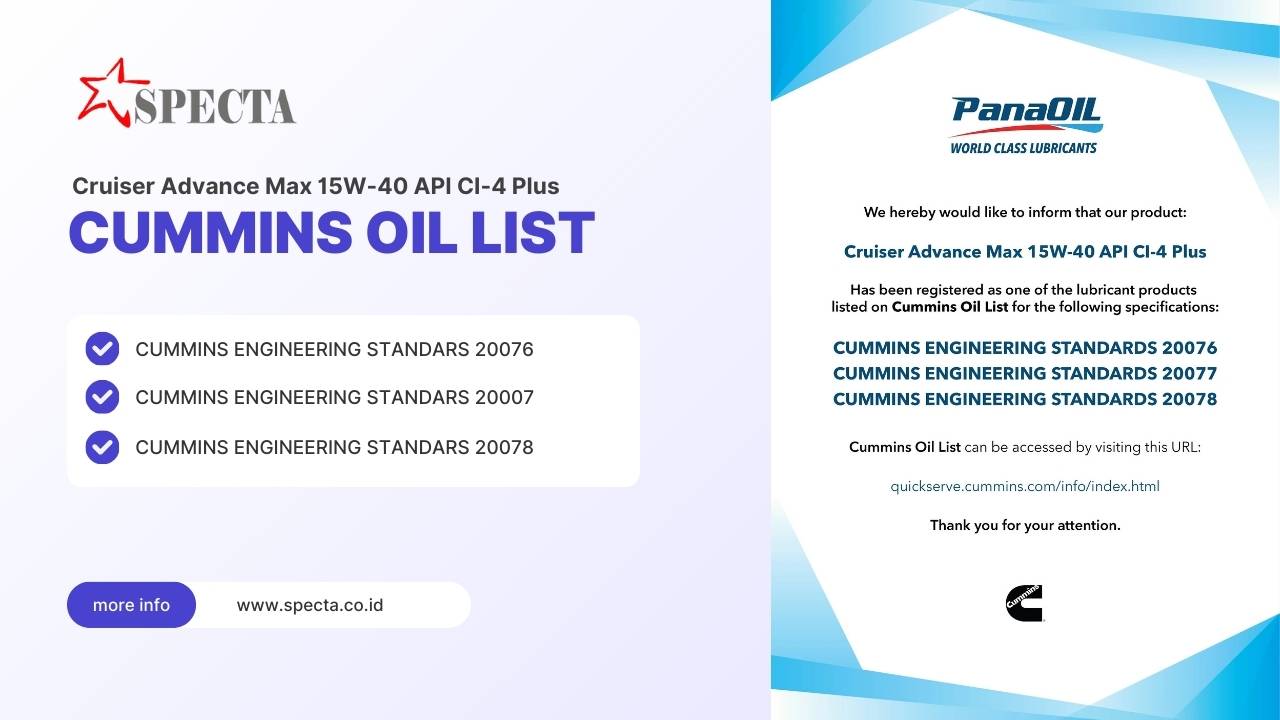Introduction
Panaoil has become a pivotal player in the lubricants and oil industry, providing high-quality solutions to various sectors worldwide. Understanding Panaoil’s market data, including its sales volume trends and market share across different regions, can offer key insights into the company’s performance and the evolving landscape of the global oil market.
1. Overview of the Global Lubricants Market
The global lubricants market is expected to grow steadily over the next decade, with an increasing focus on industrial machinery, automotive development, and the maintenance of heavy equipment. Lubricants, including those produced by Panaoil, play a crucial role in ensuring the smooth operation of machinery, reducing friction, and extending equipment life.
In recent years, shifts in consumer preferences, new environmental regulations, and technological advancements have shaped the oil and lubricants market. The demand for synthetic oils and environmentally friendly solutions has risen, contributing to the changing dynamics of the sector. This makes it essential for companies like Panaoil to remain adaptive and innovative to maintain their competitive edge.
2. Panaoil’s Role in the Global Market
Panaoil has established itself as a significant player in the global lubricants and oil market. Known for its high-quality product portfolio, which includes automotive lubricants, industrial oils, and specialty lubricants, Panaoil has expanded its reach across continents, targeting key markets in North America, Europe, Asia-Pacific, and emerging economies.
The company’s focus on delivering technologically advanced and environmentally friendly solutions has helped it capture a significant share in several markets. Panaoil’s ability to respond to industry shifts, particularly the growing demand for synthetic and biodegradable lubricants, has enabled it to sustain growth in competitive markets.
3. Sales Volume Trends of Panaoil
Understanding Panaoil’s sales volume trends is critical in analyzing its market performance. Sales volume serves as a direct indicator of consumer demand and market penetration.
Global Sales Volume Overview
Over the last five years, Panaoil has witnessed consistent growth in its global sales volumes. In 2023, Panaoil reported a year-over-year increase of approximately 7%, driven primarily by growth in the automotive and industrial sectors. With its strong presence in regions like North America, Europe, and Asia-Pacific, Panaoil has managed to capture diverse markets by meeting the unique demands of each region.
Regional Sales Volume Analysis
- North America: Panaoil’s sales in North America have been particularly strong, supported by robust demand from the automotive and manufacturing industries. The region remains a key market, contributing approximately 30% to the company’s total sales volume.
- Europe: In Europe, Panaoil’s sales volume has seen moderate growth. The push towards sustainable energy solutions and stricter environmental regulations has led to increased demand for synthetic lubricants, a sector where Panaoil is particularly strong.
- Asia-Pacific: The Asia-Pacific region represents one of the fastest-growing markets for Panaoil, driven by the rapid industrialization and increasing vehicle production in countries like China, India, and Japan. The company has seen a double-digit percentage increase in sales volume in this region, reflecting its strong market penetration.
4. Market Share of Panaoil
The market share of Panaoil highlights the company’s competitive standing within the global lubricants market. Market share is a key performance indicator for understanding how well Panaoil is positioned compared to its competitors.
Global Market Share Overview
Panaoil holds an estimated 8% share of the global lubricants market, making it one of the top 10 lubricant producers worldwide. This share has been steadily increasing as Panaoil expands its footprint in emerging markets and enhances its product offerings.
Regional Market Share Breakdown
- North America: Panaoil commands around 10% of the North American market, thanks to its partnerships with automotive manufacturers and industrial clients. Its focus on quality and performance has solidified its market position in this region.
- Europe: Panaoil’s market share in Europe is approximately 6%, with room for growth as the demand for eco-friendly products rises. The company has been expanding its distribution network across the continent, aiming to capture a larger portion of the market.
- Asia-Pacific: Panaoil has achieved remarkable success in the Asia-Pacific region, securing a market share of 12%, particularly due to its strong presence in industrial lubricants. The company’s strategy of catering to the specific needs of fast-growing economies has paid off, with continued upward momentum expected.
5. Factors Driving Growth and Challenges for Panaoil
Growth Drivers
- Innovation in Lubricant Technology: Panaoil’s commitment to research and development has led to the creation of high-performance, environmentally friendly products that meet the needs of modern industries.
- Expansion in Emerging Markets: Panaoil has aggressively expanded into emerging markets, particularly in Asia-Pacific, Africa, and South America, where the demand for lubricants continues to grow.
- Strategic Partnerships: Panaoil’s partnerships with leading automotive manufacturers and industrial equipment producers have allowed it to secure long-term contracts, boosting sales volume and market share.
Challenges
- Regulatory Compliance: Stricter environmental regulations, particularly in developed markets, pose challenges for Panaoil to continuously innovate and meet regulatory standards without compromising performance.
- Competition: Panaoil faces stiff competition from established industry players like Shell, ExxonMobil, and BP, which hold significant market shares globally.
- Price Fluctuations in Crude Oil: Being tied to the oil industry, fluctuations in crude oil prices can impact production costs, affecting profitability and pricing strategies.
6. Competitive Landscape
Panaoil operates in a highly competitive landscape, where several multinational corporations dominate the market. However, Panaoil’s focus on quality, innovation, and sustainability has allowed it to carve out a significant niche.
- Major Competitors: Panaoil’s main competitors include industry giants such as Shell, ExxonMobil, BP, and Chevron. While these companies dominate the global market, Panaoil’s unique positioning in certain regions and its focus on emerging markets give it a competitive edge.
- Panaoil’s Competitive Strategy: Panaoil’s strategy centers around creating differentiated products, expanding its reach in fast-growing markets, and building long-term partnerships with key stakeholders.
7. Future Projections for Panaoil
Looking ahead, Panaoil is expected to continue its upward trajectory in sales volumes and market share. The following trends are likely to shape its future:
- Increased Focus on Sustainability: As global demand shifts towards more sustainable and eco-friendly solutions, Panaoil’s investment in biodegradable and synthetic lubricants will drive growth.
- Digital Transformation: The adoption of digital technologies for optimizing supply chains, improving customer engagement, and enhancing product development will be a key focus area for Panaoil.
- Expansion into New Markets: Panaoil is likely to continue expanding into new geographical regions, particularly in Africa and South America, where demand for industrial and automotive lubricants is growing rapidly.
8. FAQs About Panaoil Market Data
Q1: What is the current market share of Panaoil globally?
Panaoil holds an 8% share of the global lubricants market, placing it among the top 10 lubricant producers in the world.
Q2: Which region contributes the most to Panaoil’s sales volume?
North America contributes approximately 30% to Panaoil’s total sales volume, driven by strong demand in the automotive and manufacturing sectors.
Q3: How has Panaoil’s market share changed in the Asia-Pacific region?
Panaoil’s market share in the Asia-Pacific region has grown significantly, currently standing at 12%, due to rapid industrialization and increasing vehicle production in key markets like China and India.
Q4: What are the primary drivers behind Panaoil’s growth?
The key growth drivers include innovation in lubricant technology, expansion into emerging markets, and strategic partnerships with automotive and industrial equipment manufacturers.
Q5: What challenges does Panaoil face in maintaining its market position?
Panaoil faces challenges such as stringent environmental regulations, intense competition from larger players, and the volatility of crude oil prices, all of which could impact its market share and profitability.
Conclusion
Panaoil continues to be a strong player in the global lubricants market, with promising growth in sales volume and market share across various regions. By focusing on innovation, sustainability, and expansion into emerging markets, the company is well-positioned to navigate future challenges and capitalize on opportunities in the evolving oil and lubricants industry.
Whether you’re an investor, partner, or potential customer, understanding Panaoil’s market data offers critical insights into its performance and future potential.
Read more also: When and How to Change Transmission Oil for Diesel Engines


















